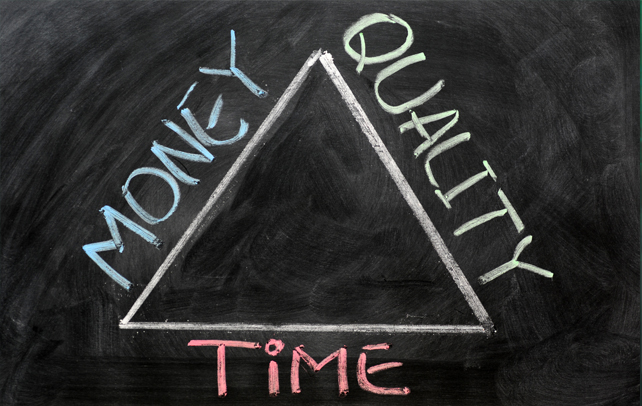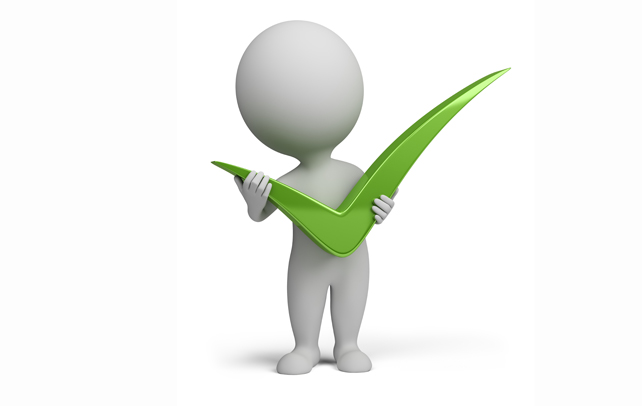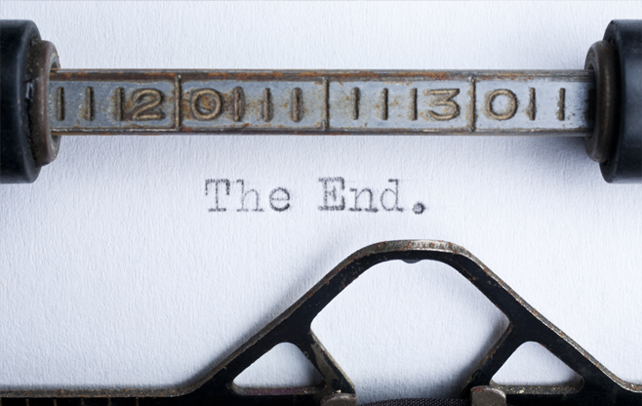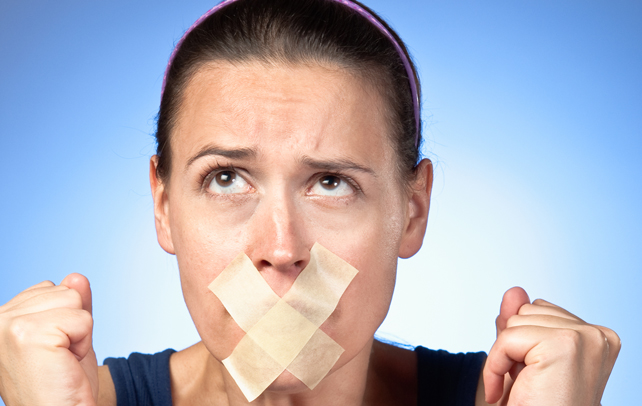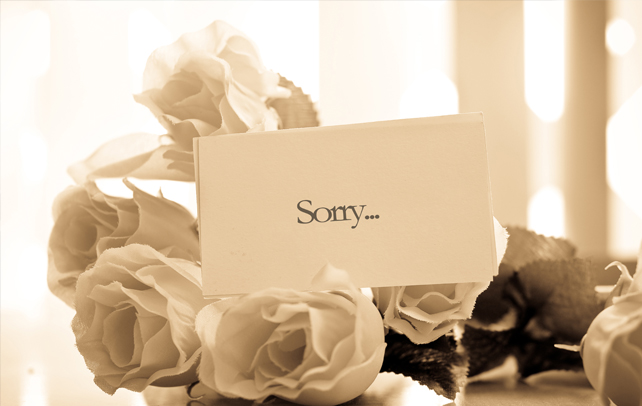Email Etiquette
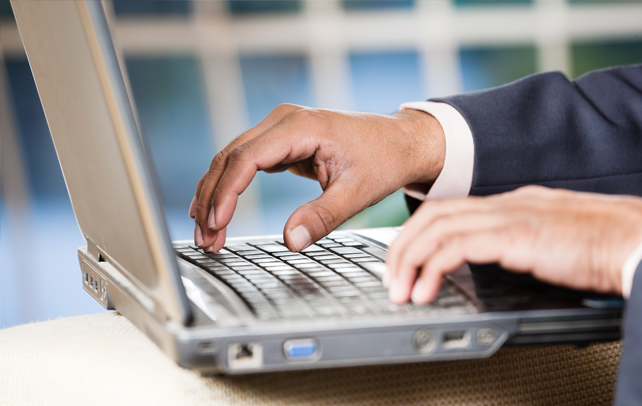
Is there something called email etiquette? Of course, yes. As in any other mode of communication, emails also have an unwritten set of do’s and don’ts that must be followed by everyone. These norms strongly associate ethics and professionalism with the mails. Why email etiquettes are important? It is because emails are a written way of communication. You cannot express your ideas, emotions or arguments carelessly because there are chances that your message may be misinterpreted. Emails are important part of business organizations and adherence to etiquette plays an important role in building professional relationships and the overall image of the organization. The content, promptness, the way of addressing recipients and the attachments of the mail – everything regarding email is important. Email etiquettes are applicable to personal messages as well. Being informal and sending a friendly email does not mean that you can skip these etiquette. Do you know that sending a wrong email can even affect your relationship with the recipients? Well, if you didn’t then you do now. So, read on to know all that is there to know about email rules.
Things To Consider While Writing an Email
- Make sure that you have included a courteous greeting and an appropriate closing. It makes your email appear more genuine.
- Maintain appropriate formality while addressing the person and also make sure that you spelled the name correctly.
- It will not look good if your mail contains typos and grammatical errors, so edit your mails before you click the “send” button. Make sure that the sentences are properly punctuated. Overuse of punctuation, such are adding two-three exclamatory marks, is not appreciated in emails.
- You are not talking face to face and hence, it is important that you present your mail politely and courteously. This leaves less chance for misconception. Words like “please “and “thank you” can help you along this way.
- Write complete sentences. Using random phrases or cryptic lines is not considered appropriate.
- Make sure that the subject field accurately reflects the content of your mail.
- Brief and to-the-point conversations are the identity of emails. Do not try to narrate the whole story in a mail.
- It is a common etiquette to end your email with “Thank you,” “Sincerely,” “Best regards” etc.
Formatting Emails
- Contents of the mail should not be written in all caps. It makes your mail strenuous to read and also creates an impression that you are shouting or demanding something. Typing your emails in all small case is also not advisable as it reflects lack of education or laziness. Keep the mail in the sentence case and use all caps for abbreviation only.
- It is always advisable to keep the background of the mail plain. Patterned background makes it difficult to read.
- Do not use fancy fonts and colors in professional emails. Use standard fonts and font sizes, preferably in black color. Also, make sure that you use same font color throughout the mail.
- Do not use the cc (carbon copy) option extensively. Regular cc, that too for every mail, may appear annoying to the recipients.
- Always take special care to add a brief subject line to your mail. Mails without subject may be considered as spam.
- Stick on to ethics and do not use the Bcc (Blind carbon copy) option to talk behind someone’s back.
- Do not make personal remarks about a third person in the email.
Email Attachments
- Make sure that you zip or compress large files or folders before attaching them. Never send large attachments without prior notice. It may occupy a large area of the recipient’s inbox.
- Always resample or resize graphics to width of about 600 pixels before you attach them to email. This helps reduce download time.
- Be sure that your anti-virus, adware and spyware programs are up to date and are scanning your emails and attachments — both incoming and outgoing.
- Ensure that the recipient has the same software so that the attachments can be opened in his/her system easily. Prefer PDF whenever possible.
Email Forwarding
- If someone has asked to refrain from forwarding emails then, make sure that you don’t mark them while forwarding the mails. Also, it is not proper to take this personally.
- Do not forward any mails without editing out all the forwarding email addresses, headers and commentaries. You don’t need to forward a set of email IDs along with the mail.
- You can put your email address in the “To” field and Bcc the mail to all others. By doing this, you can prevent all your contacts from being published in the mail.
- It is better not to forward mails regarding sensitive issues like religion, politics etc. You never know about the recipient’s views on this. It is possible that the recipient may not appreciate your point of view and find the content offensive.
- If you forward a hoax email by mistake, it is a minimum courtesy to send an apology mail, to the recipient/s, soon after.
- Never forward any email with copyright. If you really want to forward it, at least seek permission from the authorised person before doing it.
Business Email
- If you have a busy schedule and are not in a position to reply to a mail, at least send an acknowledgment mail to confirm the receipt of that mail and also mention when the sender can expect a reply from you.
- Always respond promptly to every business email. This will convey the message that you consider them seriously. Also make sure that you edit out unnecessary information from the post.
- Maintain highest level of formality with new email contacts until both of you become comfortable with each other.
- Never send anyone an email they need to unsubscribe from when they didn’t subscribe in the first place!
- Never send business emails outside of business hours, it is very unprofessional.
- Include a brief signature in your emails. This will help the recipient understand the sender, especially if you are dealing with a person who is not so familiar with you.
Etiquette are part of our social lives and it is very important to follow these norms and regulations to do justice to our social setting. Hope this article helped you learn the basic etiquette related to emailing. Make sure that you follow these dos and don’ts in your further usage of emails.


